
A major name in marine mobility is dipping its toe into all-electric motors – Mercury. The noted developer of marine technologies has launched its five initial outboards under its new Avator lineup of all-electric motors, and I got the chance to test each of them out in Charleston, South Carolina. Be sure to check out the video below to see just how quiet these electric motors truly are.
Mercury Marine is the propulsion-focused division of Brunswick Corporation and has been helping people move quickly and efficiently across the water for 85 years and counting. While a vast majority of the company’s past innovation and expertise lies in combustion boat engines, it has begun to research and develop all-electric options, and is starting small.
With five initial outboard options, Mercury’s new line of Avator all-electric outboard motors is not small in size but more so in stature. The company debuted the first entry in the Avator line in January 2023, beginning with the 7.5e—a small and nimble outboard designed for small vessels that can be installed as an all-in-one self-contained system, complete with a motor, battery pack, and electronics.
By August of 2023, Mercury announced two additional all-electric motors to the Avator line: The 20e and 35e. All three operate using nickel manganese cobalt (NMC) cells and add to a lineup of varying levels of power and range for small watercraft owners.
At CES 2024, Mercury announced the final two additions to its initial lineup of Avator outboards – the 75e and 110e – its two most powerful all-electric motors to date, complete with a new LiFePO4 battery chemistry. Just this week, the 75e and 110e officially launched, offering consumers even more zero-emissions power and modular battery capacity to boot.
However, while Mercury’s lineup of all-electric motors continues to grow, it still has a long way to go before its next-generation outboard technology can compete with the combustion variants it has specialized in for so long.
Mercury launches full lineup of electric onboard motors
With the launch of the electric 75e and 110e motors, Mercury’s originally announced lineup of Avator outboards is complete, and there’s a lot to be excited about. However, if you’re hoping to buy one and take it out on choppy ocean waters for an entire day, this technology just isn’t there yet.
Having spent over eight decades specializing in combustion engines, Mercury is admittedly new to the EV game. So, it has started slowly to ensure everything is right, and that’s just fine. As a result, the Avator lineup is young and very niche, catering to smaller boats you’d use for activities like fishing, short trips, and leisurely cruises on the pontoon.
The specs won’t blow you away on paper, as the top-tier 110e Avator only produces 15 hp. However, driving or riding on the vessels these Mercury electric motors were designed for is a treat and a great start in what I hope will be an ever-growing and innovating portfolio in the company’s future business model.
The two new models especially come with a built-in charger onboard, available in 520- and 1,040-watt options. This makes charging at any dock or marina with an AC plug handy, but the rates will need to be improved. For example, the two packs on the 110e system take about 10 hours to recharge to get about an hour on the water at full throttle (those rates obviously change due to several factors, which I outline in my video below).
What’s cool is that customers can opt to add more Mercury battery packs to their system for more range, like four instead of two on the 110e pontoon I captained. Still, the batteries remain bulky and relatively heavy, so unless you own a barge, integrating the system and multiple packs into your boat might be tough right now. It all depends on the vessel.
To get a better idea of just what these electric outboards can deliver, check out the performance specs for each model from Mercury below:
My first impression of the Avator models is just how smooth, quiet, and functional they are. As you’ll notice in my video below, Mercury’s outboards emit over 50% less noise pollution than their combustion counterparts, and throttling up or down on one feels so subtle and natural that you might not even notice you were moving if you weren’t looking at the water.
Most of the noise comes from the motor’s wake, which isn’t that large since these outboards sit on the lowest end of available horsepower in the segment. These are perfect motors for casual cruising that complement the serene experience of time out on the water.
Instead of rattling, vibrations, and nasty fumes, all you are left with is the calm hum of the motor (which you only notice at full bore), the splash of the wake at the stern, and the fountain-like sounds of the water lapping as you carve through it. It’s quite relaxing.
Another tremendous advantage I noticed is the ability of Mercury’s electric motors to turn easily and sharply without any jarring or swaying as a passenger. The lower speeds help, but even at full throttle, the turn radius of any Avator-equipped boat was spectacular.
The Mercury display screen on the helm offers drivers all the necessary metrics when out on the water, including kW usage, battery life, and estimated range remaining. The limited range on the display when in full throttle is a little off-putting at first, but it’s amazing how much further you can travel if you reel the throttle back to just 75%. Again, these motors are perfect for slow, leisurely cruises.
Overall, I think the Avator lineup is an excellent start, and I applaud Brunswick and Mercury for exploring all-electric propulsion technology without half-assing it. Would I have liked to see more power, range, and charging speeds? Yes, always.
But this isn’t an EV OEM, and Mercury knows it’s wading into uncharted waters. Its team is still cutting its teeth on this nascent but growing segment and, from what I hear, has plenty of plans to improve it in the future; it’s just going to take a lot of R&D, trial and error, and I’m sure plenty of boat owners with dual 300 hp two stroke engines talking smack before Mercury delivers some outboards that can genuinely compete with their ICE counterparts.
I’m looking forward to that future and plan to follow Mercury’s progress every step of the way. For now, here’s video footage of my experience riding and operating the Avator lineup of electric outboard motors. Enjoy!
FTC: We use income earning auto affiliate links. More.
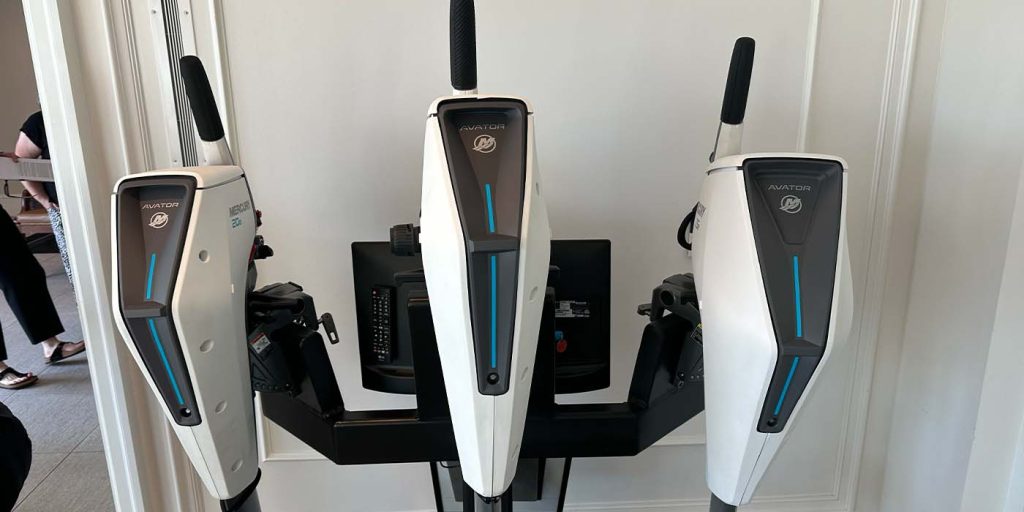

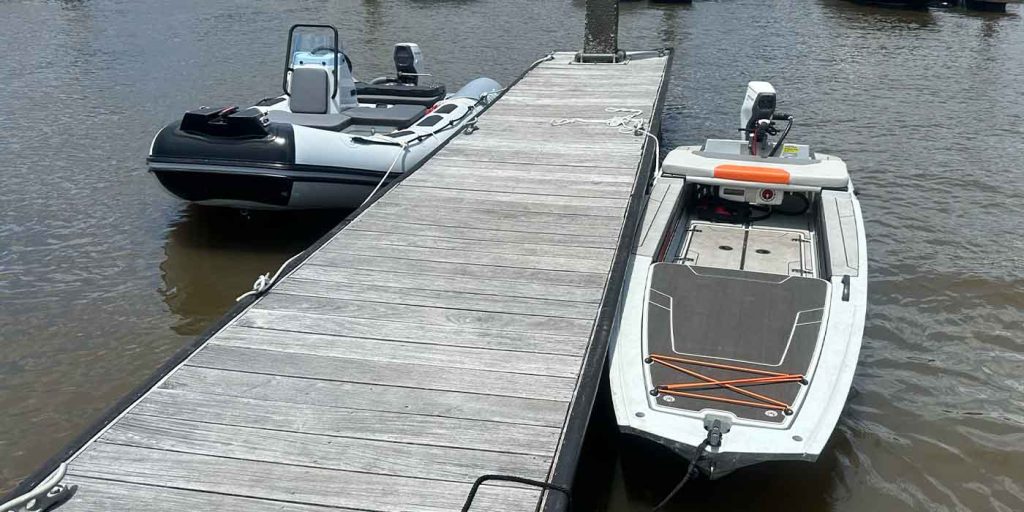
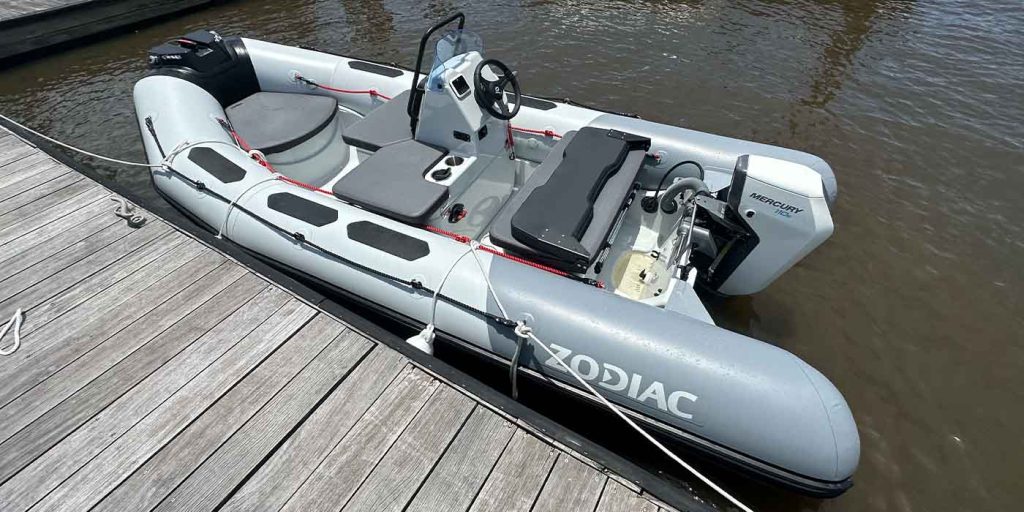

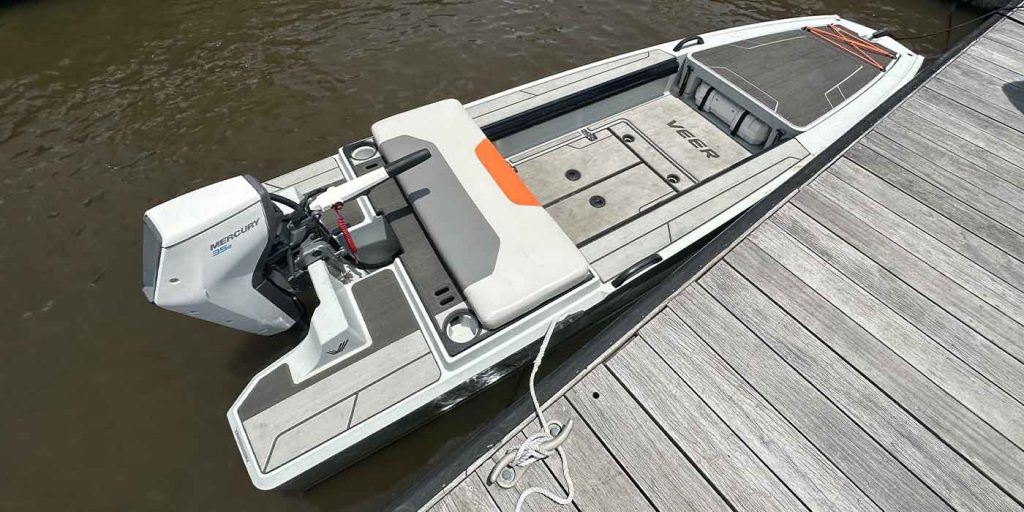
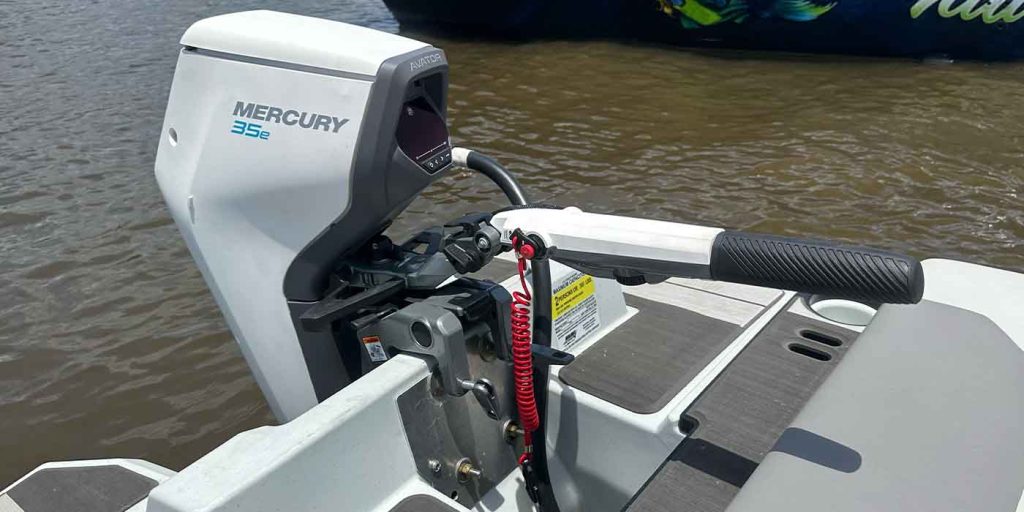

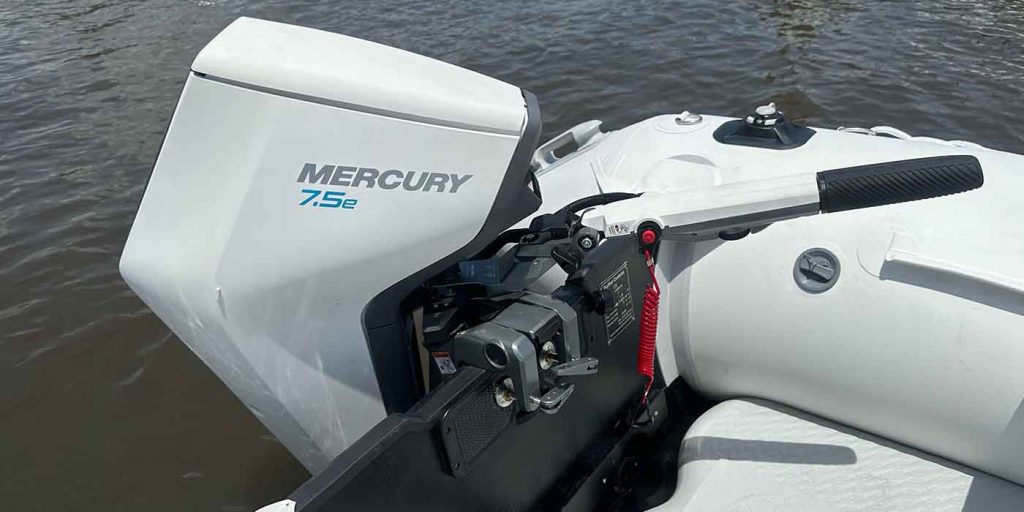

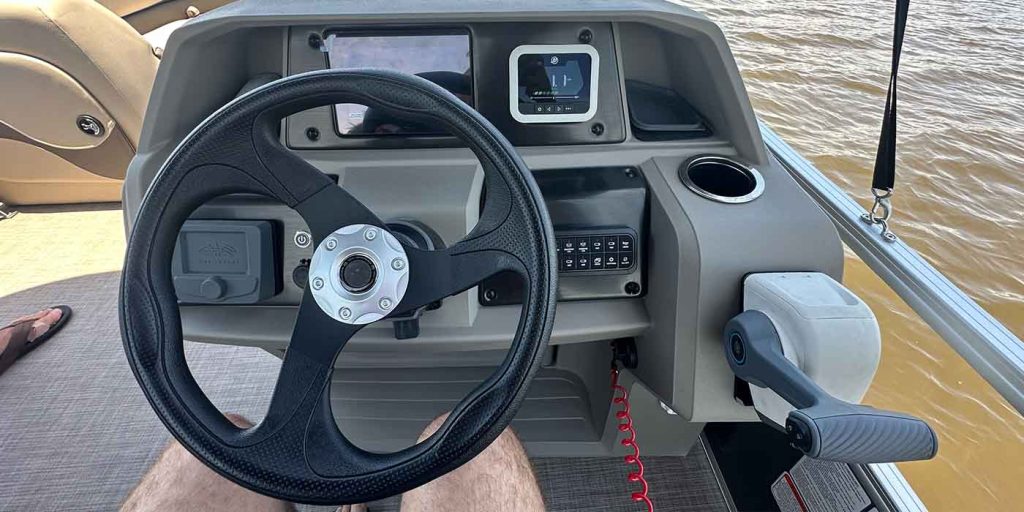
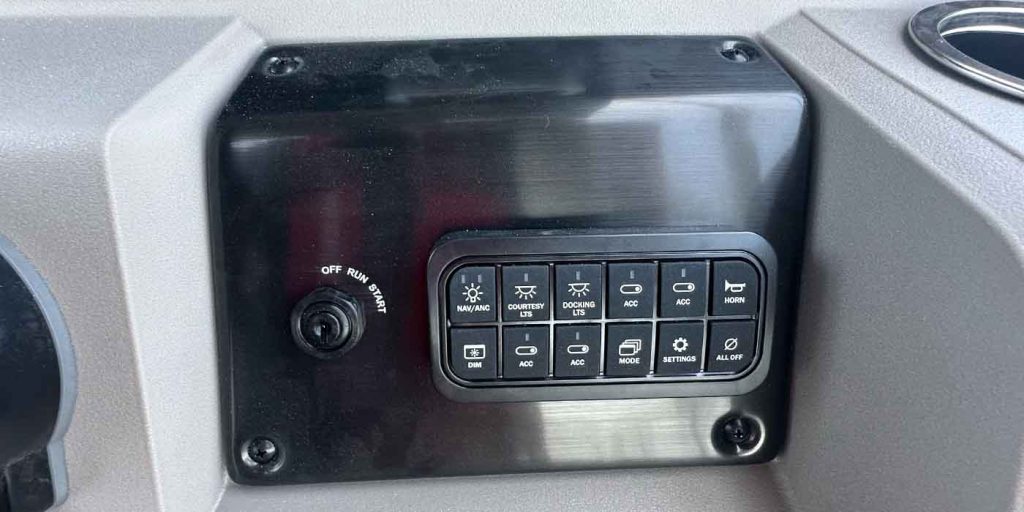
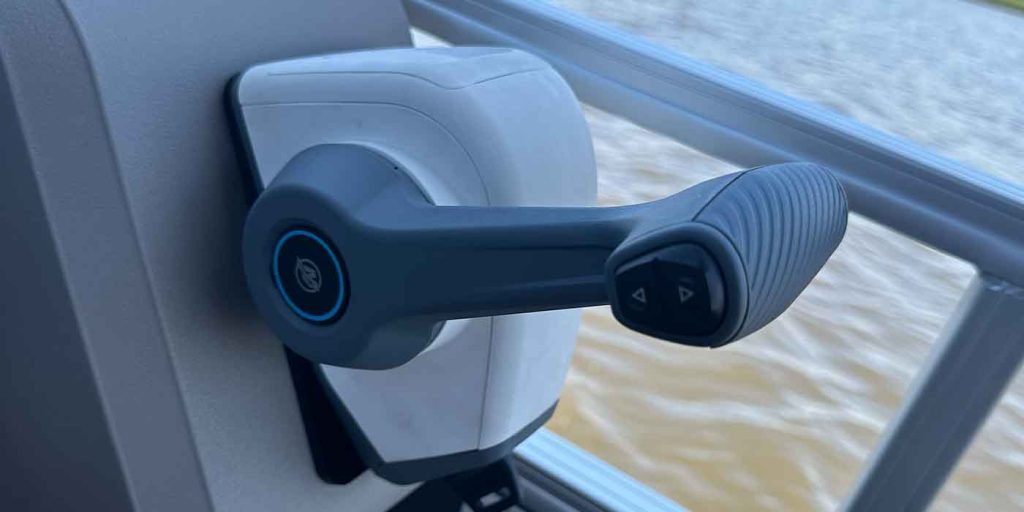
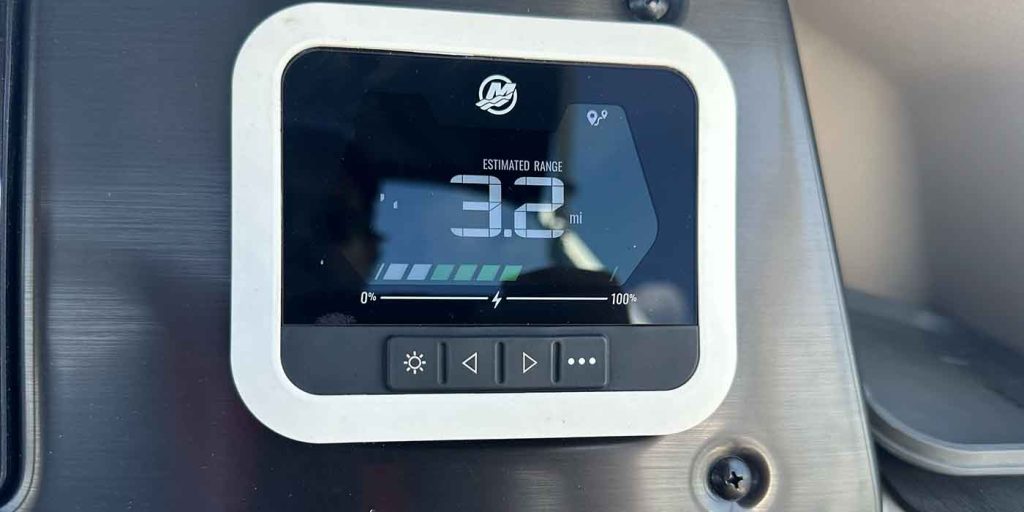
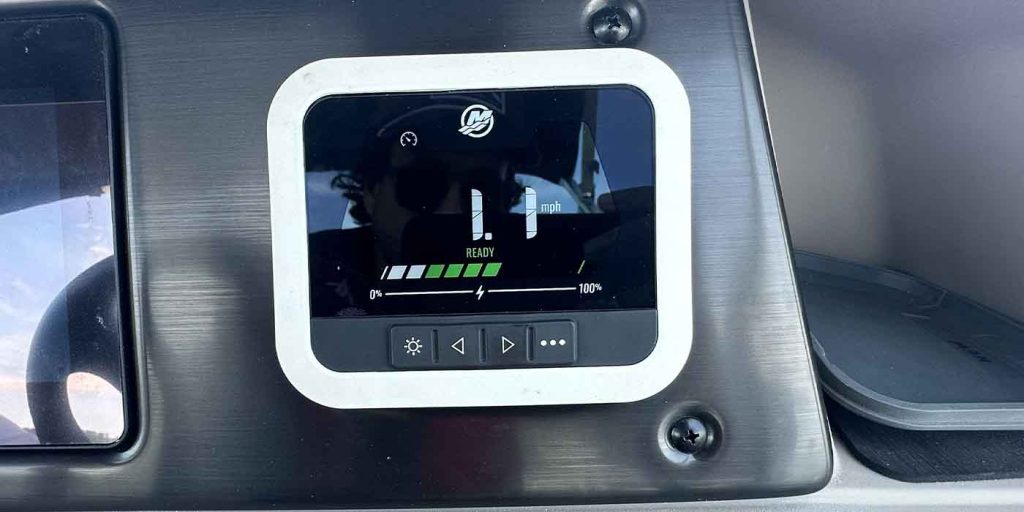
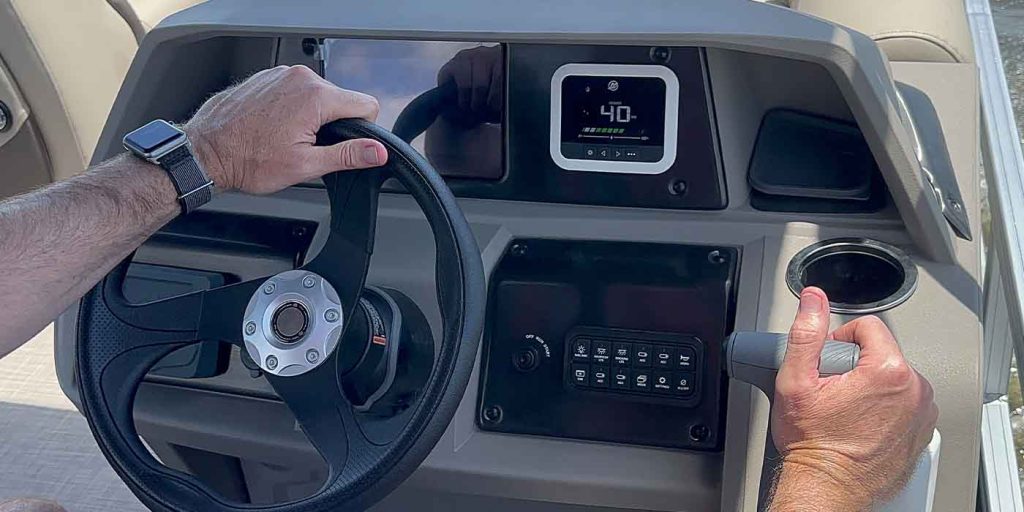
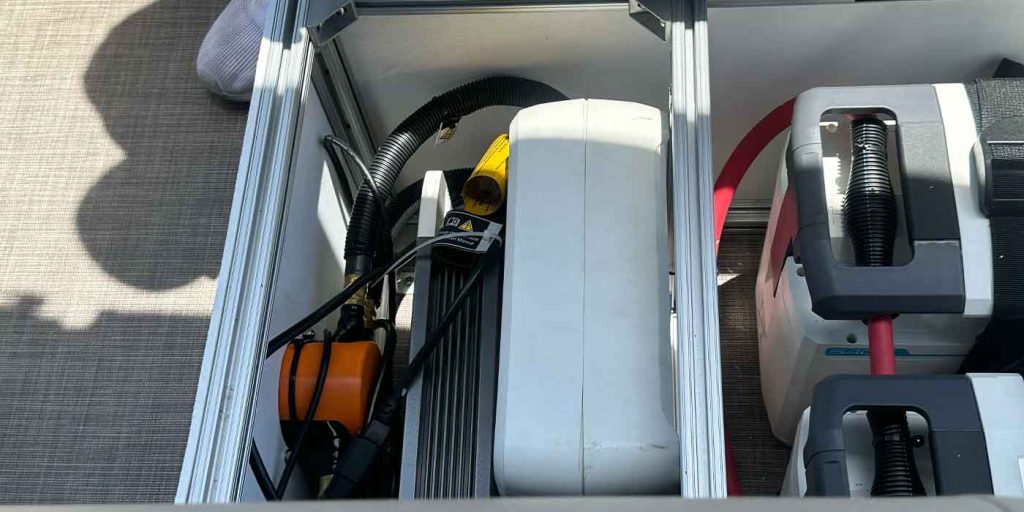
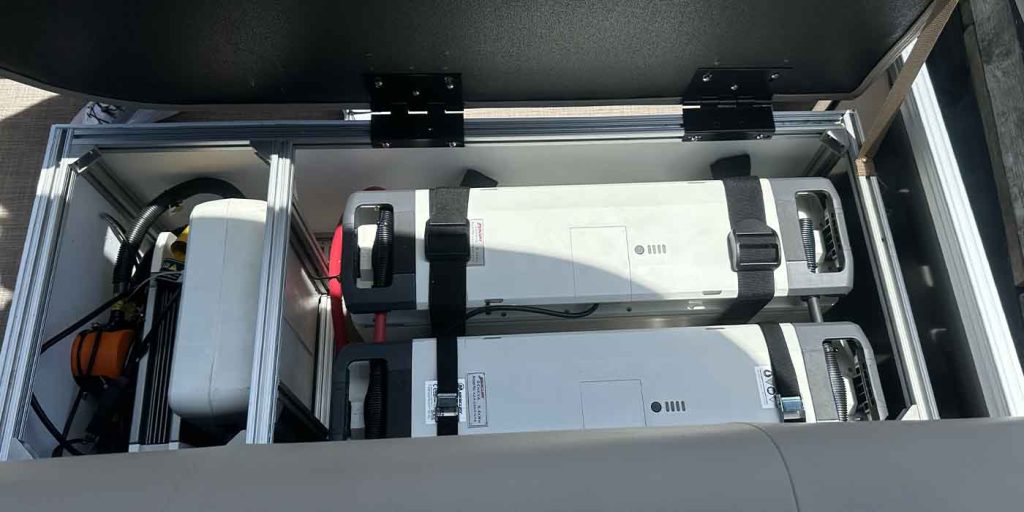


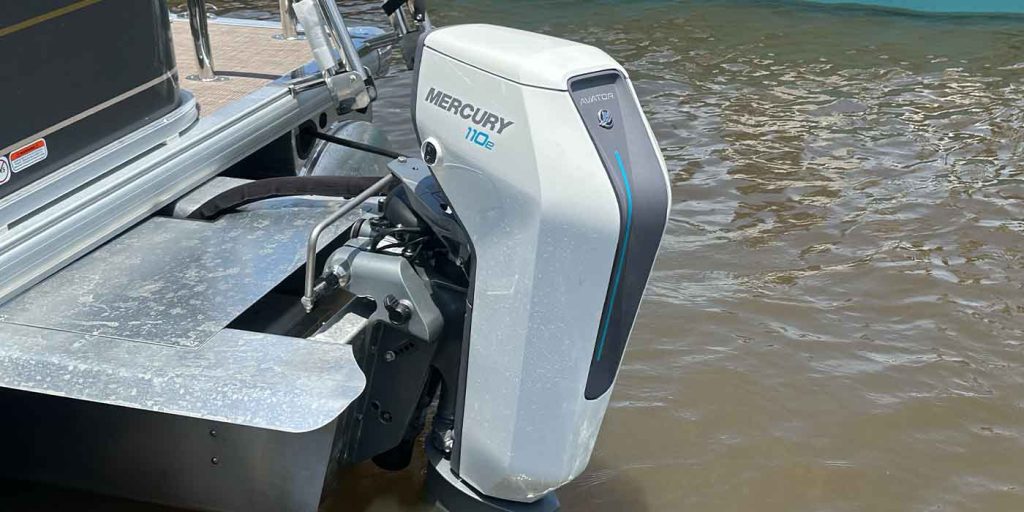




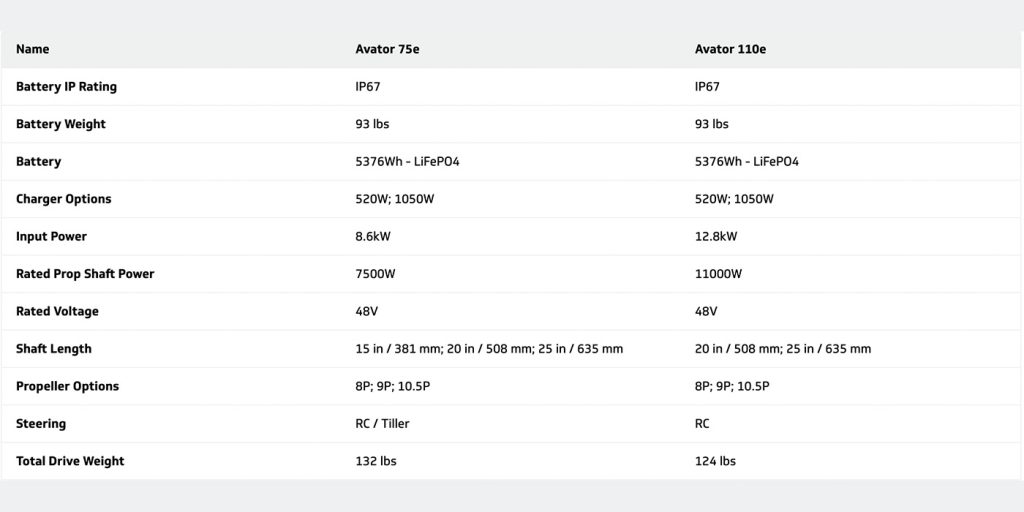


Comments